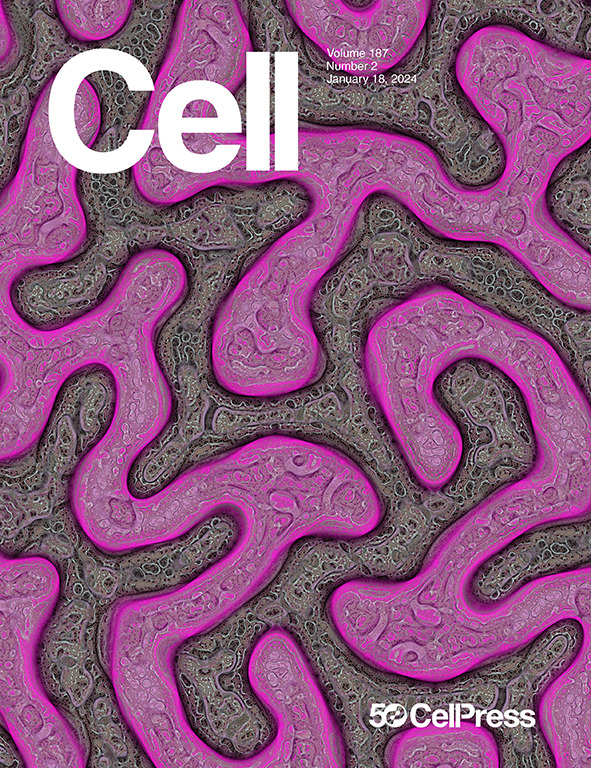Brain endothelial gap junction coupling enables rapid vasodilation propagation during neurovascular coupling
IF 45.5
1区 生物学
Q1 BIOCHEMISTRY & MOLECULAR BIOLOGY
引用次数: 0
Abstract
To meet the brain’s moment-to-moment energy demand, neural activation rapidly increases local blood flow. This process, known as neurovascular coupling, involves rapid, coordinated vasodilation of the brain’s arterial network. Here, we demonstrate that endothelial gap junction coupling enables long-range propagation of vasodilation signals through the vasculature during neurovascular coupling. The molecular composition of these gap junctions is zonated along the arterio-venous axis, with arteries being the most strongly coupled segment. Using optogenetics and visual stimuli in awake mice, we found that acute, arterial endothelial cell type-specific deletion of Cx37 and Cx40 abolishes arterial gap junction coupling and results in impaired vasodilation. Specifically, we demonstrated that arterial endothelial gap junction coupling determines both the speed and the spatial extent of vasodilation propagation elicited by neural activity. These findings indicate that endothelial gap junctions serve as a signaling highway for neurovascular coupling, enabling flexible and efficient distribution of limited energetic resources.

脑内皮缝隙连接耦合使神经血管耦合过程中的血管扩张快速传播
为了满足大脑时时刻刻的能量需求,神经活动会迅速增加局部血流量。这个过程被称为神经血管耦合,涉及大脑动脉网络快速、协调的血管扩张。在这里,我们证明了内皮间隙连接耦合使得血管舒张信号在神经血管耦合过程中通过脉管系统进行长距离传播。这些间隙连接的分子组成沿着动-静脉轴划分,动脉是耦合最强烈的部分。在清醒小鼠中使用光遗传学和视觉刺激,我们发现急性,动脉内皮细胞类型特异性的Cx37和Cx40缺失会消除动脉间隙连接偶联并导致血管舒张受损。具体来说,我们证明了动脉内皮间隙连接耦合决定了神经活动引发的血管舒张传播的速度和空间范围。这些发现表明,内皮缝隙连接作为神经血管耦合的信号通路,使有限的能量资源能够灵活有效地分配。
本文章由计算机程序翻译,如有差异,请以英文原文为准。
求助全文
约1分钟内获得全文
求助全文
来源期刊

Cell
生物-生化与分子生物学
CiteScore
110.00
自引率
0.80%
发文量
396
审稿时长
2 months
期刊介绍:
Cells is an international, peer-reviewed, open access journal that focuses on cell biology, molecular biology, and biophysics. It is affiliated with several societies, including the Spanish Society for Biochemistry and Molecular Biology (SEBBM), Nordic Autophagy Society (NAS), Spanish Society of Hematology and Hemotherapy (SEHH), and Society for Regenerative Medicine (Russian Federation) (RPO).
The journal publishes research findings of significant importance in various areas of experimental biology, such as cell biology, molecular biology, neuroscience, immunology, virology, microbiology, cancer, human genetics, systems biology, signaling, and disease mechanisms and therapeutics. The primary criterion for considering papers is whether the results contribute to significant conceptual advances or raise thought-provoking questions and hypotheses related to interesting and important biological inquiries.
In addition to primary research articles presented in four formats, Cells also features review and opinion articles in its "leading edge" section, discussing recent research advancements and topics of interest to its wide readership.
 求助内容:
求助内容: 应助结果提醒方式:
应助结果提醒方式:


